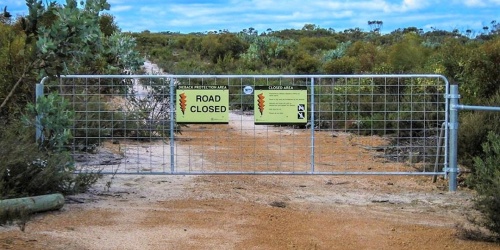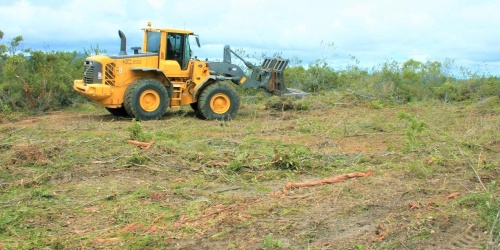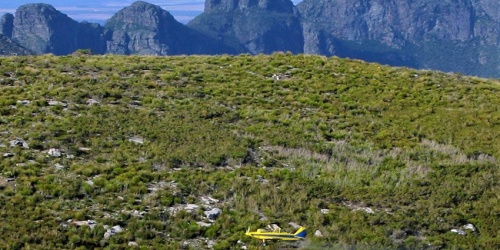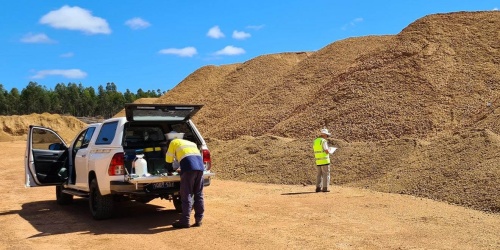
Two road-side DRA signs restricting entry
Australian Government Threat Abatement Plan
Plant pathogens form the genus Phytophthora are not only a problem in the south-west of Western Australia, they are a worldwide problem across native ecosystems, horticulture, agriculture, nurseries, parks and gardens.
Phytophthora cinnamomi is a serious risk to biodiversity in all Australian states and territories except the Northern Territory. Consequently, P. cinnamomi is listed as a key threatening process under the Commonwealth Environment Protection and Biodiversity Conservation Act 1999 (EPBC Act). A National Threat Abatement Plan has been developed to abate the threat of Phytophthora dieback (dieback), caused by P. cinnamomi, to Australia’s biodiversity.
The department, who contributed to the development of the Threat Abatement Plan, is responsible for its implementation on Conservation and Land Management Act 1984 land (CALM Act land). We also advise and assist other organisations to implement the plan on lands of other tenures.
Departmental policy and procedures for dieback management
Corporate Policy Statement 3 - Management of Phytophthora Disease provides guidance for managing the risk of introducing or spreading dieback on CALM Act land managed by the department. To support the implementation of Policy 3 the department has developed dieback management procedures, manuals and supporting tools which can be explored via the links below.
Dieback training
DBCA develops and delivers training in dieback awareness and management to staff and contractors of the department and the Forest Products Commission. The two courses currently delivered are:
- Green Card
- Dieback Management Planning
Green Card training on dieback awareness and basic management is mandatory for all operational staff and contractors working in the dieback vulnerable zone and is a prerequisite for the Dieback Management Planning Course. Green Card was originally developed by DBCA in 2010 and delivered in the South Coast region to train staff and others working in a high-risk dieback management area.
Further information on training and management is available in the Phytophthora Dieback management manual on the Managing dieback risk associated with disturbance activities webpage.







